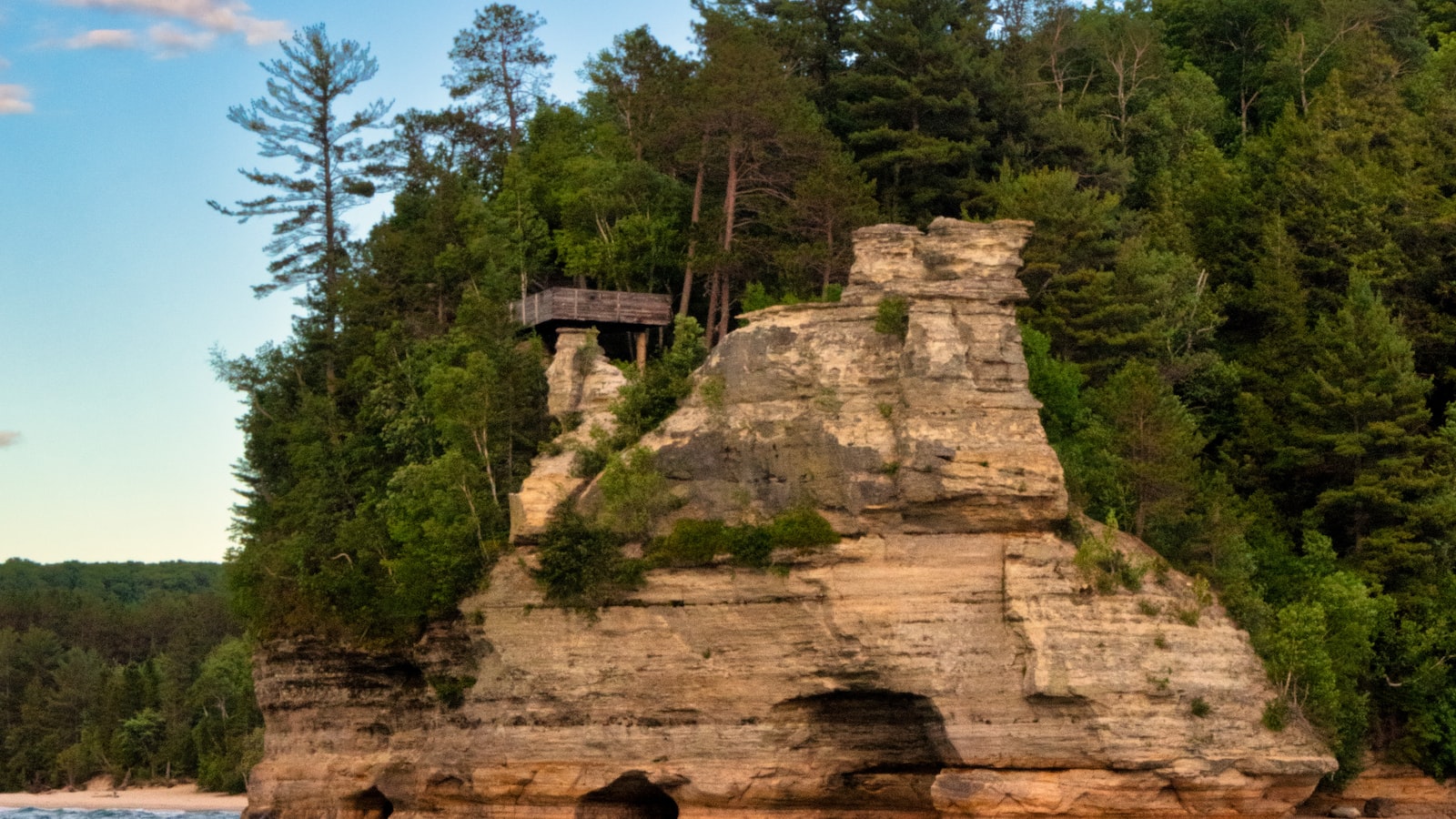A company has revealed plans to mine sand in the Northern Territory, with the aim of selling it to gas companies wanting to frack in the Beetaloo Basin.
Key points:
- In addition to its frac sand mining plan, the company has also identified sand that could be used in solar panel production
- An environmental group is worried about the company’s water extraction plans
- The DEPWS says about a third of the water allocated under existing entitlements in the area was extracted in the 2021/22 accounting year
Territory Sands says it has identified a resource of 110 million tonnes of sand near the tiny town of Larrimah, which it believes could be used for fracking gas wells.
To frack a well, a mixture of water, sand and chemicals is pushed down a well at high pressure to crack rocks deep underground, releasing the gas.
For the few wells that have been fracked in the Beetaloo Basin as part of exploration, sand has been brought in from South Australia, Saudi Arabia and the United States.
Territory Sands director Nigel Doyle said he has been in discussions with three of the four gas companies exploring in the Beetaloo with the aim of becoming the first local supplier of frac sand to the industry.
“In the early years, [the gas industry might need] 100,000 to 200,000 tonnes of sand per year,” he said.
“But possibly by the end of the decade, it might need one or two million tonnes of sand per year.
“Our tenements aren’t approved yet … but we’re hoping by next year to be able to supply a local source of sand.”
To produce frac sand, the sand will need to be washed with water Territory Sands hopes will be sourced from the Tindall Limestone Aquifer (Mataranka).
The company has applied for a licence to take up to 1,200 megalitres per year from the aquifer.
“We think in the first year or two we will only use five to 10 per cent of that application,” Mr Doyle said.
Water use worries
The Environment Centre NT has raised concerns that Territory Sands’ water application is being assessed under arid zone rules, which allow more water to be taken from an aquifer assessed under Top End rules.
“We’re very concerned about whether there actually is sufficient water to supply this industry,” Environment Centre NT co-director Kirsty Howey said.
“We think that, taken cumulatively with other potential licences in that area that are in development, this could spell quite significant impacts on groundwater-dependent ecosystems like the Mataranka hot springs and the Roper River.
“We know that in this region of the aquifer the recharge is very episodic, so there is a real risk that if you take out more water than is actually being replenished … then you are embarking on water mining, which is by definition unsustainable.”
The Department of Environment, Parks and Water Security (DEPWS) said based on available scientific research, it had concluded the aquifer could be classified as arid zone.
“These rules mean you can extract 0.8 per cent of the total starting storage volume every year for 100 years,” a statement from DEPWS said.
“This does not account for the large but infrequent recharge events that happen every few years on average, which means that while water is being taken out, water is also being added to the aquifer during these recharge events.
“Decisions in areas like Mataranka are also based on protecting values like spring flows and ensuring water for drinking is protected as priority.”
Existing groundwater entitlements in the area total 31,768 megalitres per year, with 9,776 megalitres used in the 2021/22 water accounting year, according to DEPWS.
Glass, panels and chips
Territory Sands is also exploring for silica sand on Newcastle Waters Station, which could be used in glass, solar panel and silicon computer chip production.
“We think [the resource] is quite extensive — it could be in the billions of tonnes,” Mr Doyle said.
“We have an exploration program planned over the next couple of months, and we will be looking for sand closest to the surface and of the highest quality.”
In March, the federal government added silica to its list of critical minerals, highlighting it as a priority for project facilitation and government investment.
Mr Doyle says if his company does start digging up silica sand it will likely be exported to Asia, where there is huge demand for the product.
“It would be good to have a solar panel manufacturing facility in Australia so we don’t have to import panels from China,” he said.
“We have the raw materials in Western Australia, Queensland and the NT… but a lot of the small companies looking at silica sand can’t export, because a lot of the ports in Australia are full.”
The Environment Centre NT has called for Territory Sands’ mining plans to undergo full environmental impact assessments before approval.
Posted , updated

